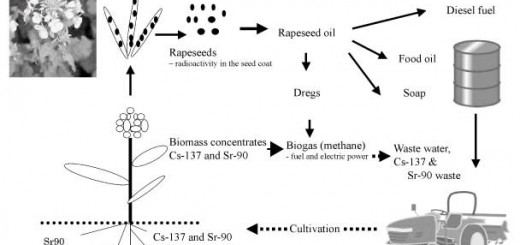North American Power Failure Nuke Info Tokyo No. 96
The fact is that a power failure can occur at any time. Strangely enough, the power failure that occurred on August 14 throughout the east of Canada and the United States, represented about the same amount of power as the summer demand in the area serviced by Tokyo Electric Power Company (TEPCO). It gives you some idea of just how concentrated the demand is in this region. If you divide the largest power demand on record (64,300MW) by the surface area (39,500 km2), you get a figure of 1.6MW per square kilometer. Furthermore, the majority of this is concentrated in a very small area within the capital. If you just count Tokyo itself, the figure works out at 8.3MW per square kilometer.
It’s fair to say that the huge power failure in North America should be taken very seriously by TEPCO. However TEPCO’s public relations section, even though we still don’t know why the system that is supposed to prevent chain reaction power failures in North America didn’t work on this occasion, is claiming that ‘the system in Japan is such that this couldn’t occur here’. This is the response they make each time a nuclear accident occurs overseas.
Whereas fossil fuel and hydro power stations can be started up immediately after a power failure, nuclear reactors require two or three days before they can be fully restarted. This is because safety checks have to be carried out while they are gradually brought on line. As at the time of NRC’s August 18 announcement, of the 9 nuclear reactors in the U.S. that were shut down on the 14th, only 6 had been restarted. It is not unusual for emergency shut downs during power failures to induce troubles. Even without a large scale power failure such as on this occasion, during power failures simultaneous emergency shut downs of several nuclear reactors can occur. Restarting them takes time, so there will be impediments to power supply. The point is that this could become an everyday occurrence. As we keep saying, nuclear power is an unstable source of electricity.

